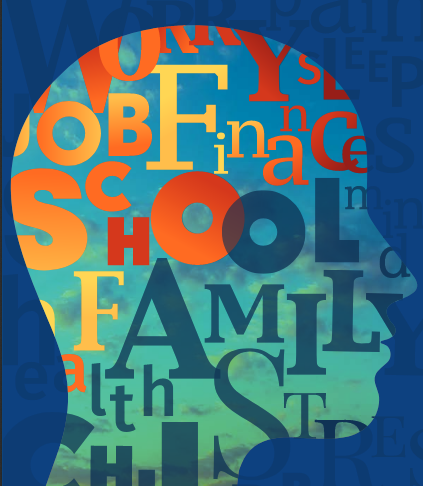
The National Child Traumatic Stress Network (NCTSN) was created by Congress in 2000 as part of the Children’s Health Act to raise the standard of care and increase access to services for children and families who experience or witness traumatic events.The NCTSN is administered by the Substance Abuse and Mental Health Services Administration (SAMHSA) and coordinated by the UCLA-Duke University National Center for Child Traumatic Stress (NCCTS).
Children who suffer from child traumatic stress are those who have been exposed to one or more traumas over the course of their lives and develop reactions that persist and affect their daily lives after the events have ended.
Types of Trauma
There is a range of traumatic events or trauma types to which children and adolescents can be exposed.
Bullying
Bullying is a deliberate and unsolicited action that occurs with the intent of inflicting social, emotional, physical, and/or psychological harm to someone who often is perceived as being less powerful.
Community Violence
Community violence is exposure to intentional acts of interpersonal violence committed in public areas by individuals who are not intimately related to the victim.
Complex Trauma
Complex trauma describes both children’s exposure to multiple traumatic events—often of an invasive, interpersonal nature—and the wide-ranging, long-term effects of this exposure.
Disasters
Natural disasters include hurricanes, earthquakes, tornadoes, wildfires, tsunamis, and floods, as well as extreme weather events such as blizzards, droughts, extreme heat, and wind storms.
Domestic Violence
Intimate Partner Violence (IPV), also referred to as domestic violence, occurs when an individual purposely causes harm or threatens the risk of harm to any past or current partner or spouse.
Early Childhood Trauma
Early childhood trauma generally refers to the traumatic experiences that occur to children aged 0-6.
Medical Trauma
Pediatric medical traumatic stress refers to a set of psychological and physiological responses of children and their families to single or multiple medical events.
Physical Abuse
Physical abuse occurs when a parent or caregiver commits an act that results in physical injury to a child or adolescent.
Refugee Trauma
Many refugees, especially children, have experienced trauma related to war or persecution that may affect their mental and physical health long after the events have occurred.
Sexual Abuse
Child sexual abuse is any interaction between a child and an adult (or another child) in which the child is used for the sexual stimulation of the perpetrator or an observer.
Terrorism and Violence
Families and children may be profoundly affected by mass violence, acts of terrorism, or community trauma in the form of shootings, bombings, or other types of attacks.
Traumatic Grief
While many children adjust well after a death, other children have ongoing difficulties that interfere with everyday life and make it difficult to recall positive memories of their loved ones.
Populations at Risk
Some groups of children and families are disproportionately represented among those experiencing trauma. This means that they may be exposed to trauma at particularly high rates or be at increased risk for repeated victimization. For some populations, co-occurring issues and unique adversities can complicate recovery from trauma. Others may face significant challenges related to access to services or require services that are specially adapted for their needs.
Learn more about trauma and:
Substance Abuse
There is a strong connection between traumatic stress and substance abuse that has implications for children and families.
Economic Stress
Whether living in urban, suburban, or rural settings, individuals face the reality of economic downturns.
Military and Veteran Families
Children of military and veteran families experience unique challenges related to military life and culture.
Intellectual and Developmental Disabilities
Research indicates that youth living with IDD experience exposure to trauma at a higher rate than their non-disabled peers.
Homeless Youth
As many as 2.5 million youth per year experience homelessness.
LGBTQ Youth
Lesbian, gay, bisexual, transgender, and queer or questioning (LGBTQ) youth experience trauma at higher rates than their straight peers.
NCTSN Resources
NCTSN resources include webinars, resource guides, fact sheets and tip sheets for each type of trauma, which may also be filtered by language or the audience for whom the resource was developed, including families and caregivers, medical professionals, schools and school personnel, and youths.
Source: National Child Traumatic Stress Network | https://www.nctsn.org | public domain
A screening can help you determine if you or someone you care about should contact a mental health professional. Care Coordinators can arrange a free 30-minute Care Consultation so you can explore options with an expert. Call or email our Care Coordinators at 650.688.3625 or careteam@testing.chconline.org to set up an initial Consultation appointment.





